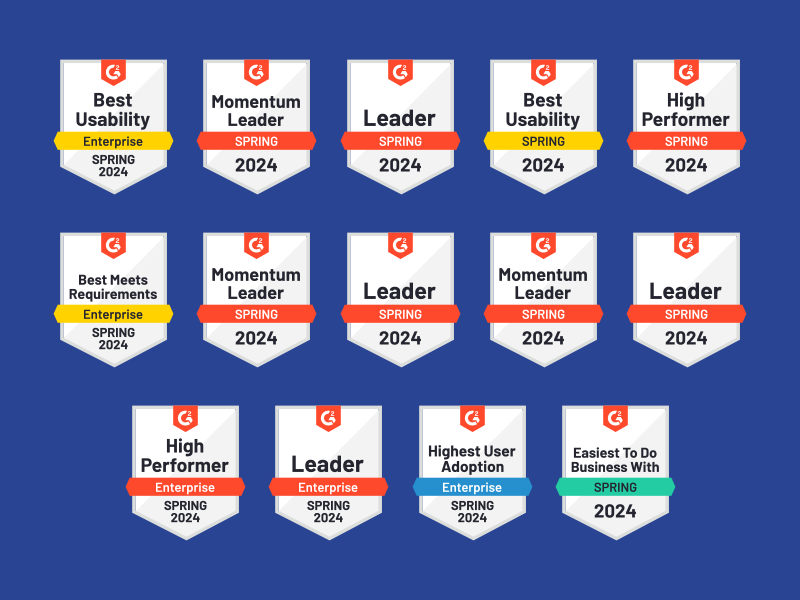Let’s try an experiment. Grab your keys and hop in your vehicle. Now, using just your rearview mirror, try to drive to your favorite restaurant for lunch.
Sounds ludicrous, right? Only looking at what is behind us is a recipe for disaster in more than one area of life, yet many companies use this exact approach for performance management processes. Instead of looking ahead at what is coming, we only look at the past and make judgments on prior performance. While it is important to measure, evaluate and coach employees with the goal of improving performance, it also can’t be a purely evaluative activity. We need to consider the developmental aspects of the process as well.
Feedback is the Critical Linchpin
In some recent research, Lighthouse Research found that high-performing organizations (those with better retention, revenue and engagement) were more likely to use a specific set of performance management practices:
- Frequent goal setting and check-ins
- Coaching for development purposes
- In the moment manager feedback
- Recognition of performance
- Focus on employee strengths
While only one of these practices specifically calls out feedback, each of them involves dialogue around performance and outcomes. It really requires a culture of continuous feedback to make it stick, and employers should be monitoring performance and providing feedback from the earliest post-hire survey to exit surveys. Additionally, there should be regular, frequent conversations about performance and development. Remember, the goal isn’t only to look at a prior period and celebrate or critique performance for that time — managers must also have forward looking conversations about development, growth, and future performance as well.
Career Development Equals Performance Enablement
One concept that helps to change the focus of the discussion is going from performance “management” to performance “enablement.” That mindset shift simply means we are going from the idea that employees need someone to manage them regularly to the idea that employees have an innate desire to perform at their best, if we will coach them and get out of the way. Career development conversations are a great way to bridge this gap, because it forces the employee to consider their broader goals and career objectives.
According to Fast Company, one firm that has taken the leap from once-a-year reviews to more frequent conversations is Cargill, a global distributor of food products. The firm shifted to development-focused discussions and has seen great results.
Cargill says it’s seen measurable improvements after managers began giving constructive feedback that was forward-looking, instead of reviewing what had happened in the past.
Technology firm Adobe also has seen an interesting trend by shifting its approach. The SVP of People at Adobe, Donna Morris, said that the firm has seen involuntary terminations increase as a result of the practice. While this might seem counterintuitive, Morris says that the more frequent conversations are forcing managers to make decisions instead of waiting around for the next performance cycle.
From an employee relations standpoint, this is intriguing because it reminds us of the duality of the practice. In essence, the change doesn’t necessarily mean positive outcomes for everyone, because all employees are not necessarily high performers or workers that we want to keep. While some employees will improve performance and deliver better results, other employees that are not a fit for culture or performance reasons will no longer be able to fly under the radar for a year until the next performance review. By having regular conversations about performance, managers can improve team performance twofold: improving the engagement of good performers and removing the low performers from the team.
Commit to Change, Reap the Rewards
Quite simply, if we want employees to stay with the organization long-term, we need to help them envision themselves working for the company into the future. If they can’t visualize what their role might be even six months down the road, it’s very easy to become disengaged and start surfing the job boards for new job opportunities. That’s the core of these development discussions we have outlined here. While this seems simple, it’s not commonly practiced. Take charge and help your organization shift the mindset from evaluation to development in performance management discussions, then you can not only enable better outcomes on an individual level — you can drive outcomes at an organizational level as well.



